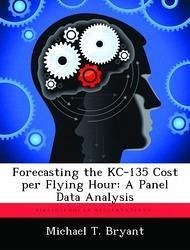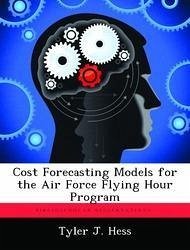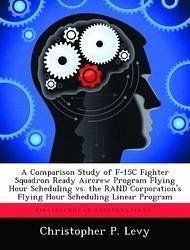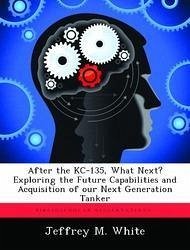Nicht lieferbar

Forecasting the Kc-135 Cost Per Flying Hour
A Panel Data Analysis
Versandkostenfrei!
Nicht lieferbar
This thesis developed models to forecast the KC-135R monthly Consumables (CONS) and Depot Level Reparable (DLR) Cost per Flying Hour (CPFH) for each U.S. Air Force service component. Using data for each operating location from FY1998 to FY2004, the models were constructed using panel data analysis, a form of regression that adds a cross-sectional and time-series dimension. In addition to including factors previously identified as prime contributors to CPFH, the models added new elements that may influence maintenance costs and be of interest to policymakers. These elements included mission cap...
This thesis developed models to forecast the KC-135R monthly Consumables (CONS) and Depot Level Reparable (DLR) Cost per Flying Hour (CPFH) for each U.S. Air Force service component. Using data for each operating location from FY1998 to FY2004, the models were constructed using panel data analysis, a form of regression that adds a cross-sectional and time-series dimension. In addition to including factors previously identified as prime contributors to CPFH, the models added new elements that may influence maintenance costs and be of interest to policymakers. These elements included mission capable rates, airframe operating hours, and climatology factors. An interaction variable for utilization rate and combat flying hours is also included. The results reveal that utilization rate can be a major factor to determine if the CPFH increases or decreases when a wing is flying combat hours. Furthermore, mission capable rates have an inverse relationship on the KC-135R CPFH, while average airframe hours have a positive relationship. Average airframe hours is an alternative measure to aircraft age, although this measure is better suited for quarterly or yearly models. Overall, this research extends knowledge of the KC-135R CPFH program and provides a tool for planners, programmers, and decision makers at all levels.














